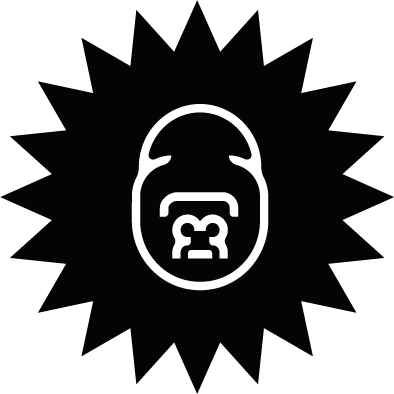As well as being simple, a successful logo design should represent the company it stands for. But despite its simplicity and small size, designing a logo takes time, money and effort and can be a surprisingly complex process.
Every designer has a different workflow system and there are many different paths that can lead to a successful result, but the general sequence of the process is usually as follows:
Logo Design step 1_ The design brief
The first step in the logo design process is when the designer has an in-depth discussion about the project with the client. For an end product that everyone’s happy with, it’s vital that each party understand where the other is coming from. It’s up to the designer to gather as much information from the client as possible, such as where the logo will be used, on what scale and in what capacity, who the client’s target audience is and whether they already have an established visual aesthetic. Any existing colours, schemes or styles should be taken into consideration when deciding which characteristics need to be included in the new logo.
Logo Design step 2_ Research
Because clients aren’t always able to verbalize exactly what they envision for their new logo design, it’s important for the designer to ask relevant, strategic questions to try to obtain more detailed information. But a client’s opinion of their company only tells half the story, so a good designer will do their own market research on the company and its competitors to discover where they’re positioned in the marketplace and find out about current trends in the industry.
Logo Design step 3_ Brainstorming
At this point in the creative process, it’s common for designers to identify some keywords that are related to the company and its products or services to inspire possible visual representations. Once ideas are written down, shapes and symbols can begin to take form and the themes and text established during the brainstorming phase can start to be conceptualized. Sketching these ideas on paper encourages the designer to slow down and examine all possible directions.
Logo Design step 4_ Concepts
The designer will usually wait until this point in the logo design process to recreate the most successful sketches on a computer. Using a programme like Adobe Illustrator, they’ll add colour and detail, as well as test out which typeface works best.
Logo Design step 5_ Re-evaluation
When you become so involved with something, there’s a danger of losing sight of what it is you set out to achieve in the first place. That’s why most designers will take a step away from the project and come back to it after a short time so they can reflect on what they’ve done and view it with a fresh pair of eyes. They may also use this time to gather feedback from outsiders.
Logo Design step 6_ Feedback
Once the designer is happy with their work, they’ll present a number of options to the client for consideration. The client will then give their opinion and make suggestions to the designer who will make the appropriate changes and re-present the designs. This step is repeated until a final logo design is agreed upon.
Logo Design step 7_ The Launch
The designer will deliver the resulting logo in a variety of file types that can be used for different outputs, such as JPEG, TIF and EPS, and in many cases the client will also require a black and white version of the logo. Often the designer will continue to work with the client to create a full brand identity system using the new logo design.
Although designing a small visual representation of an entire company can be a daunting task, if this process is carried out correctly, a logo can be an extremely effective marketing device.
Gorilla help companies big and small to create future proof logos, if you would like help or advice with your project then get in touch here
(Illustrations by Matt Varker, Gorilla)








